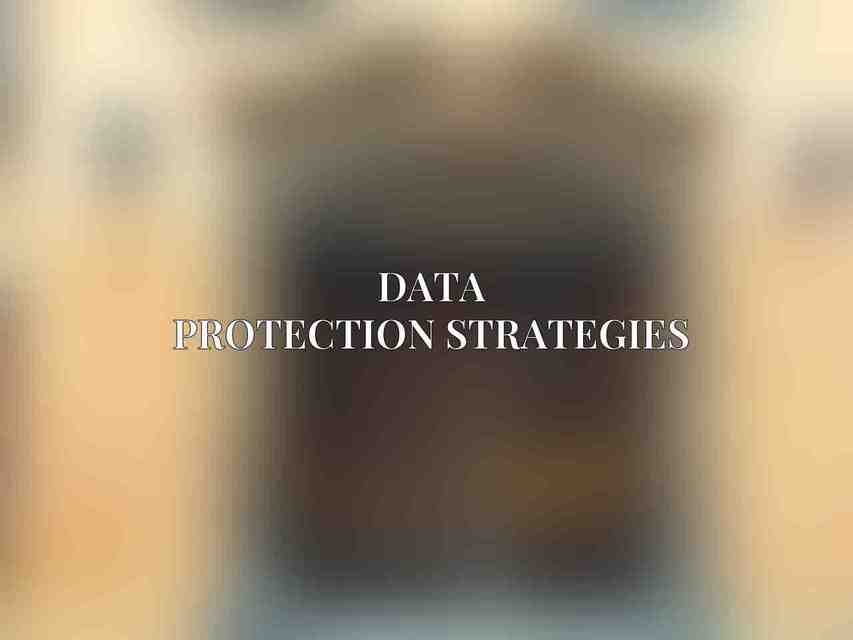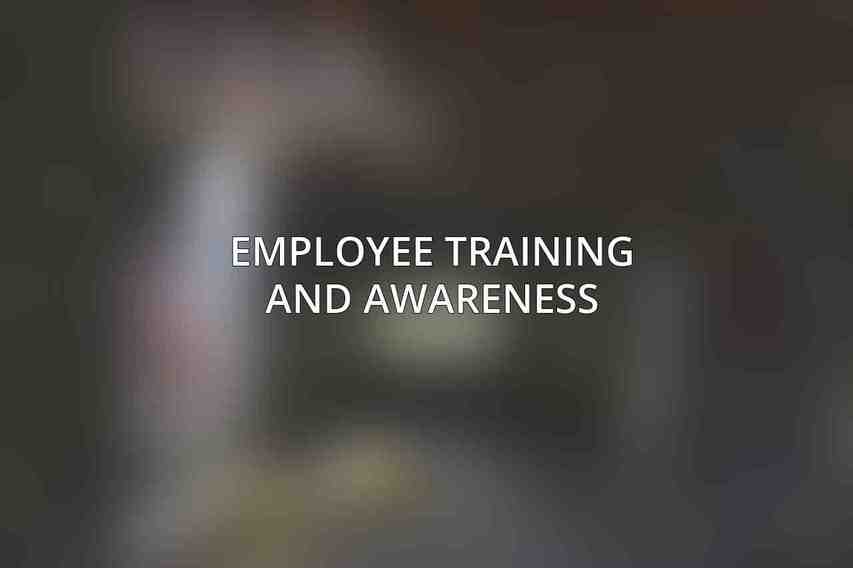The protection of sensitive business data is paramount to ensuring the continuity and success of any organization. with the increasing sophistication of cyber threats, implementing robust strategies to prevent data breaches has become a critical aspect of business operations. This article explores essential strategies that companies can adopt to safeguard their data assets and mitigate the risks associated with potential breaches in 2024.
Executive Summary
Data breaches refer to incidents where sensitive information is accessed, stolen, or used by unauthorized individuals or entities. The impact of data breaches on businesses can be severe, leading to financial losses, reputational damage, legal implications, and loss of customer trust. Therefore, businesses must proactively implement preventive measures to reduce the likelihood of data breaches and minimize their potential consequences.
Risk Assessment
Assessing the risks associated with data security is a foundational step in developing a comprehensive preventative strategy. By identifying potential vulnerabilities and threats, organizations can prioritize their security efforts effectively. Regular vulnerability assessments help in understanding the weaknesses in the existing security infrastructure, enabling proactive measures to address them. Prioritizing risks based on their likelihood and impact allows businesses to allocate resources efficiently to mitigate the most significant threats.
Data Protection Strategies

Encryption
Encryption plays a crucial role in securing data both at rest and in transit. By implementing encryption techniques, such as Advanced Encryption Standard (AES) or RSA encryption, organizations can protect sensitive information from unauthorized access. While encryption offers robust security benefits, challenges such as key management and performance impact must be carefully addressed.
Access Control
Controlling access to sensitive data through role-based access control (RBAC) ensures that only authorized users can view or modify specific information. Establishing clear access policies and procedures helps in maintaining data integrity and confidentiality. Additionally, employing multi-factor authentication (MFA) adds an extra layer of security by requiring multiple credentials for access.
Data Masking
Data masking involves obscuring sensitive information to prevent unauthorized disclosure. Techniques like tokenization or substitution help in protecting data while maintaining its usability for authorized purposes. Compliance with data protection regulations, such as the General Data Protection Regulation (GDPR), is an essential consideration when implementing data masking techniques.
Network Security
Firewalls and Intrusion Detection Systems (IDS)
Firewalls act as the first line of defense by monitoring and controlling incoming and outgoing network traffic. Intrusion Detection Systems (IDS) complement firewalls by analyzing network traffic for suspicious activities and potential security threats. Together, these systems enhance the organization’s network security posture.
Intrusion Prevention Systems (IPS)
Intrusion Prevention Systems (IPS) go a step further by actively blocking malicious network traffic before it can reach its intended target. Proper deployment and configuration of IPS are essential to ensure effective threat prevention and response capabilities.
Virtual Private Networks (VPNs)
Virtual Private Networks (VPNs) establish secure communication channels for remote access, encrypting data to protect it from interception. Different VPN protocols, such as OpenVPN or IPsec, offer varying levels of security and capabilities to meet the organization’s remote connectivity needs securely. Check this blog on The Ultimate Guide to Business Security Systems 2024
Endpoint Security
Antivirus and Anti-Malware Software
Deploying robust antivirus and anti-malware solutions on endpoints helps in identifying and eliminating malicious software threats. Regular updates to virus definitions and scheduled scanning routines are crucial for maintaining the effectiveness of these security measures.
Patch Management
Patch management involves identifying and applying software updates to address known vulnerabilities in operating systems and applications. Automating patch deployment processes streamlines the patching workflow, ensuring that systems remain protected against emerging security risks.
Endpoint Detection and Response (EDR)
Endpoint Detection and Response (EDR) solutions provide real-time monitoring of endpoint devices for suspicious activities indicative of a security breach. By detecting and responding to threats promptly, organizations can contain and mitigate potential damage caused by cyber incidents.
Security Audits
Regular security audits help in evaluating the effectiveness of existing security measures and identifying areas for improvement. Conducting internal audits and engaging in third-party penetration testing enhances the organization’s resilience against evolving cyber threats by identifying vulnerabilities that may have been overlooked.
Employee Training and Awareness

Educating employees on data security best practices is crucial in establishing a culture of security within the organization. Training programs that raise awareness about phishing scams, social engineering tactics, and proper data handling protocols empower employees to become active participants in safeguarding sensitive information.
Incident Response Plan
Developing a comprehensive incident response plan outlines the strategies and procedures to follow in the event of a data breach. Establishing protocols for containing the incident, eradicating the threat, and recovering affected systems ensures a coordinated and effective response to security incidents. Regular testing and updating of the plan enhance its responsiveness and relevance to current threats. You can find more information on 2024 Guide to Business Security Compliance & Regulations
Insurance and Risk Mitigation
Helping businesses mitigate the potential costs associated with recovery and legal liabilities. implementing risk mitigation strategies, such as regular security assessments and business continuity planning, reduces the impact of data breaches on the organization’s operations and reputation.
Emerging Trends and Future Considerations
Looking ahead to the future, leveraging technologies like artificial intelligence (AI) and machine learning (ML) can enhance threat detection capabilities and automate security incident responses. Implementing a zero-trust architecture framework redefines traditional network security paradigms by assuming that every access attempt is potentially risky, regardless of the source. Additionally, adhering to cloud security best practices and compliance requirements is essential as organizations increasingly adopt cloud-based infrastructures for data storage and processing.
by integrating these essential strategies into their data security frameworks, businesses can proactively prevent data breaches and safeguard their valuable information assets in 2024 and beyond. Prioritizing data protection, network security, endpoint security, and employee awareness ensures a holistic approach to mitigating cyber risks and maintaining a secure business environment.
Frequently Asked Questions
What are the common causes of business data breaches?
Common causes of business data breaches include weak passwords, lack of employee training on cybersecurity practices, outdated software systems, phishing attacks, and insider threats.
How can businesses protect sensitive data from cyber threats?
Businesses can protect sensitive data from cyber threats by implementing strong encryption methods, regularly updating security software, conducting security audits, restricting access to sensitive information, and educating employees on cybersecurity best practices.
What are the consequences of a data breach for a business?
The consequences of a data breach for a business can include financial losses, damage to reputation, legal repercussions, loss of customer trust, and potential regulatory fines.
Why is it important for businesses to stay vigilant in preventing data breaches?
It is important for businesses to stay vigilant in preventing data breaches because the cost and impact of a breach can be devastating, both financially and reputationally. Additionally, data breaches can result in legal consequences and regulatory fines.
What are some emerging trends in cybersecurity for preventing data breaches?
Some emerging trends in cybersecurity for preventing data breaches include the use of artificial intelligence and machine learning for threat detection, the implementation of zero-trust security models, and the rise of cybersecurity automation tools to enhance response times and efficiency.

